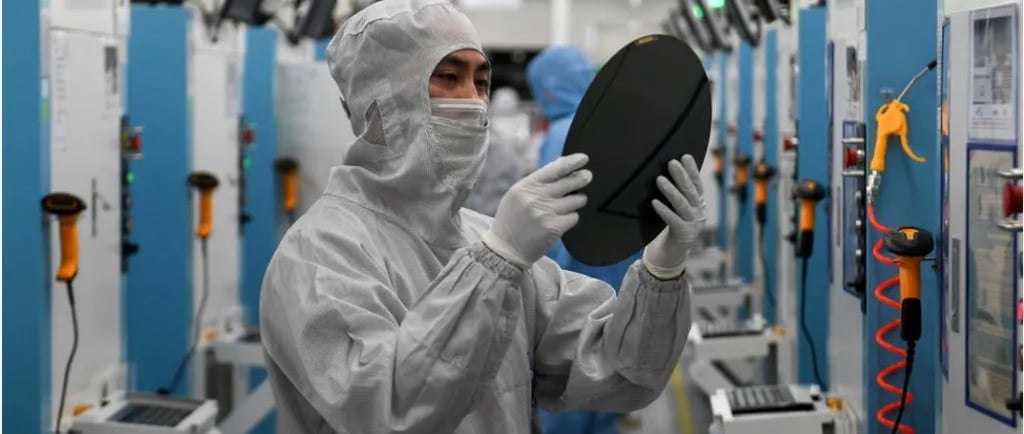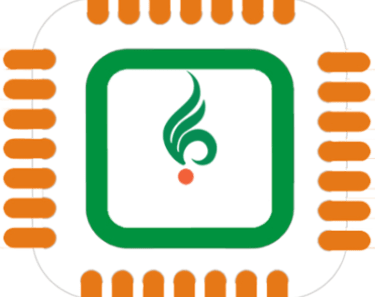Trimming IP the Smart Way
How IP reuse can introduce hidden inefficiencies—and how formal tools like Footprint help detect and remove redundant logic to optimize performance.
6/25/20253 min read


IP Surgery and the Redundant Logic Problem: The Hidden Costs of Reuse
In today’s semiconductor landscape, reusing IP has become so deeply embedded in design flows that it’s hard to imagine a time before extensive in-house and commercial IP catalogs. IP reuse saves time and resources, especially when the blocks are well-tested and silicon-proven. However, this convenience carries an underappreciated complexity—particularly when the design team performs what is known as IP surgery.
While copy-pasting known-good IP and adapting it through selective modification is common, the process is rarely clean or straightforward. Beneath the surface, significant technical risks lie in wait, especially around redundant logic introduced unintentionally through design edits. According to Ashish Darbari, CEO of Axiomise, these changes open up new opportunities for formal verification to ensure functional correctness and design efficiency.
The Illusion of Simplicity
Let’s take a common scenario. Suppose the original IP is built to support an 8-channel subsystem, but the current project only requires four. On the surface, this seems like a simple cut-and-trim exercise. Formal linting and coverage checks are the go-to first steps, catching mismatches like incorrect bus widths or missing test coverage. If the testbench wasn’t already parametrized for such changes, issues like inaccessible states or inconsistent interface sizes quickly emerge.
However, even after addressing these visible issues, subtle design inefficiencies may persist. The internal NoC (Network-on-Chip) may be oversized, buffers too deep, and FSMs may contain unreachable states. These mismatches add up, resulting in an over-provisioned system that consumes more area and power than necessary.
Redundant Logic: A Growing Concern
Post-surgery, one of the most overlooked issues is redundant logic—remnants of functionality that no longer serve any purpose. Sequential components like counters or FIFOs, once essential, might now operate aimlessly due to removed control paths or unreachable states.
This isn’t just a matter of inefficiency. It also represents design risk. If the downstream logic depends on a state that’s now unreachable, is the logic truly redundant, or is the cut a potential bug? These are difficult questions to answer without revisiting the full IP microarchitecture—effectively undoing the time savings that IP reuse promised in the first place.
The Limits of Traditional Tools
Tools like lint and code coverage are valuable, but limited in scope. Lint checks for stuck signals and unreachable states. Coverage analysis highlights untested conditions. But neither can automatically detect when an FSM's unreachable state implies that the related output logic is now unnecessary.
This is where design teams often struggle. They’re caught between under-verifying modified IP and spending significant effort manually validating every corner of the revised logic. The risk is delivering inefficient, bloated silicon, or worse—delivering a design that’s incorrect.
Introducing Footprint: Redundant Logic Detection Reimagined
To address this challenge, Axiomise developed Footprint, a formal-based application purpose-built to identify and eliminate redundant logic. The standout feature of Footprint is that it doesn’t require users to be formal experts. It automates the process of logic pruning by tracing how changes ripple through a design and revealing what components are now obsolete.
Unlike traditional tools that focus on predefined issues, Footprint operates at a broader verification level. It tracks the logic path from signal transitions to their impact across the design, highlighting blocks that no longer contribute to functionality.
Footprint is already in production across major design houses. In one implementation, it helped eliminate over one million redundant gates, directly translating into significant savings in silicon area and power.
Why This Matters
The push for faster design cycles and tighter power budgets makes it increasingly important to ensure that IP reuse doesn’t come at the cost of overhead or error. As more design teams adopt RTL surgery as a practice, the need to verify beyond the obvious becomes critical.
Redundant logic is a silent efficiency killer. Without automated formal techniques, detecting and removing it is time-consuming and often skipped. But with tools like Footprint, teams can strike a balance—preserving the benefits of IP reuse while optimizing for performance, power, and design clarity.
Conclusion
IP reuse will continue to shape modern SoC development. But reuse doesn’t mean blind trust. As IP surgery becomes more commonplace, detecting and eliminating redundant logic must become a standard part of the design process. Tools that bridge the gap between structural correctness and functional optimization—like Footprint—are not just helpful; they’re essential.
Source - Semiwiki
QUICK LINKS
NEIL RAO TOWERS, 117 & 118, Rd Number 3, Vijayanagar, EPIP Zone, Whitefield, Bengaluru, Karnataka 560066
200/2, Tada Kandriga, Tada Mandalam, Tirupati District - 524401
Locations

